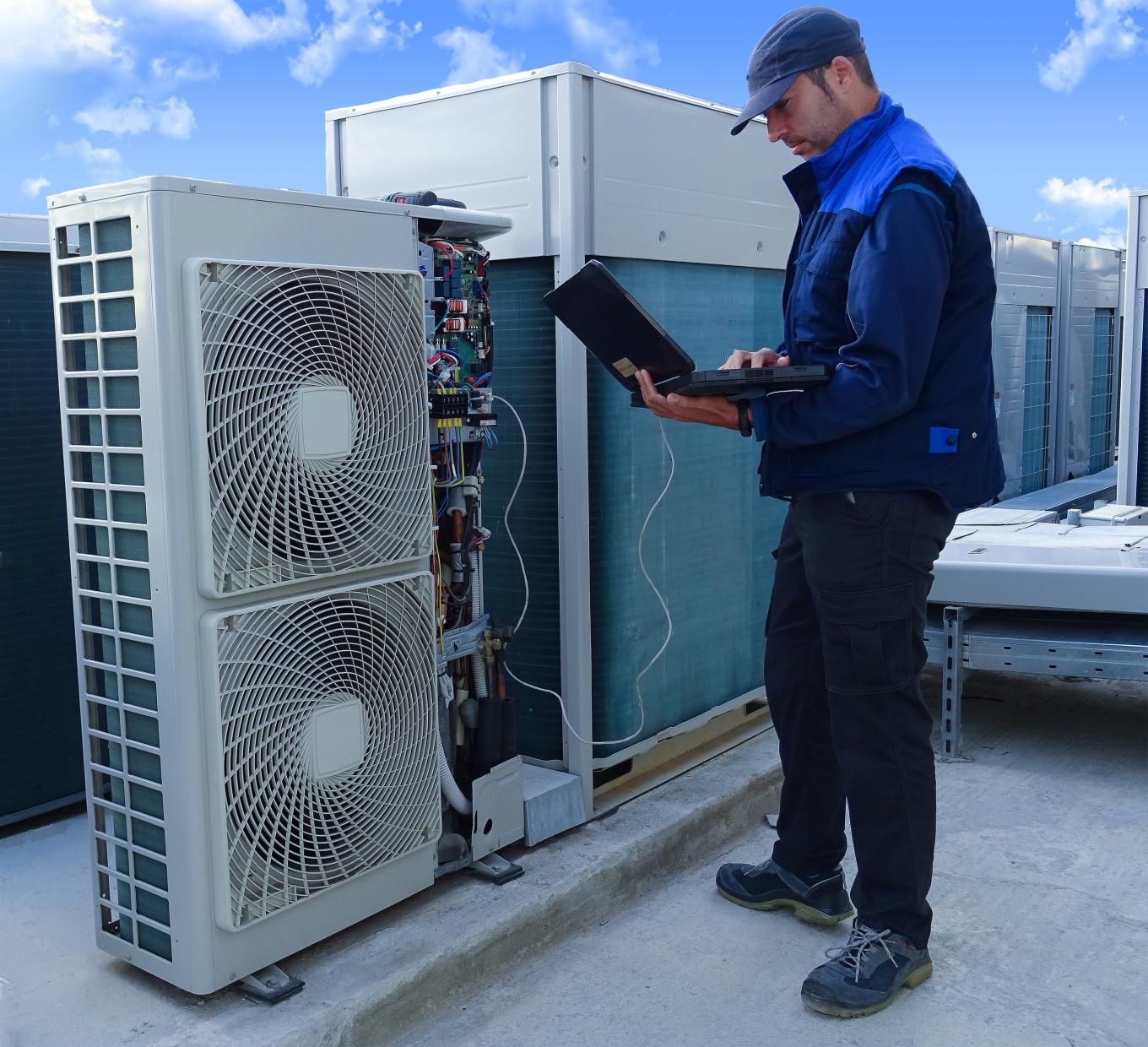

Articles
What Is Superheat In HVAC
Modified: October 20, 2024
Learn about articles related to Superheat in HVAC systems. Explore the importance, calculation methods, and troubleshooting tips for maintaining optimal HVAC performance.
(Many of the links in this article redirect to a specific reviewed product. Your purchase of these products through affiliate links helps to generate commission for Storables.com, at no extra cost. Learn more)
Introduction
Welcome to the fascinating world of HVAC systems! If you’ve ever wondered how air conditioning and refrigeration systems work, you may have come across the term “superheat.” Superheat is a crucial factor in HVAC systems that helps ensure optimal performance and efficiency.
In simple terms, superheat refers to the temperature difference between the refrigerant vapor and its saturation temperature at a particular pressure. It plays a significant role in the refrigeration cycle by indicating the amount of heat absorbed by the refrigerant in the evaporator coil. Understanding superheat is vital for HVAC technicians and professionals as it allows them to diagnose and troubleshoot issues, fine-tune system performance, and ensure the longevity of the equipment.
In this article, we will delve deeper into the concept of superheat in HVAC systems. We will explore how superheat is defined, why it is important, how it is measured, the factors that affect superheat levels, and troubleshooting tips for adjusting superheat levels.
Whether you are a homeowner wanting to understand your HVAC system better or an HVAC technician looking to expand your knowledge, this article is sure to provide you with valuable insights into the significance of superheat in HVAC systems.
Key Takeaways:
- Superheat is crucial for HVAC systems, preventing liquid damage to compressors, optimizing performance, and indicating proper refrigerant charge. Understanding and maintaining superheat levels is essential for efficient and reliable operation.
- HVAC technicians measure superheat using temperature sensors, pressure gauges, and specialized tools. Factors like refrigerant charge, evaporator load, and ambient conditions can affect superheat levels, requiring systematic troubleshooting and adjustments for optimal system performance.
Read more: What Is A HVAC Sequencer
Definition of Superheat HVAC
In the HVAC (Heating, Ventilation, and Air Conditioning) industry, superheat refers to the temperature of a refrigerant vapor above its saturation temperature at a specific pressure. It is measured at the evaporator outlet or the suction line of an HVAC system.
During the refrigeration cycle, the refrigerant goes through various stages, including evaporation, compression, condensation, and expansion. Superheat occurs during the evaporation stage when the low-pressure refrigerant absorbs heat from the surrounding air or space, converting it from a liquid state to a vapor state in the evaporator coil.
The superheat value represents the additional temperature the refrigerant vapor has gained beyond its boiling point at a given pressure. This ensures that only vapor, rather than a mixture of vapor and liquid, exits the evaporator and enters the compressor. The goal is to prevent any liquid refrigerant from reaching the compressor, as it can damage the compressor and reduce system efficiency.
Superheating the refrigerant vapor in the evaporator is crucial for maintaining optimal system performance. It ensures that the refrigerant absorbs enough heat to create the desired cooling effect without compromising the efficiency and reliability of the system.
The superheat measurement allows HVAC technicians to determine the heat absorption capacity of the evaporator coil and ensures that the refrigerant vapor leaving the evaporator is at the ideal temperature. This information is vital for system diagnostics, troubleshooting, and overall system efficiency optimization.
By maintaining the right amount of superheat, HVAC systems can effectively cool or heat spaces while consuming less energy, reducing operating costs, and increasing the lifespan of the equipment.
Importance of Superheat in HVAC Systems
Superheat is a critical factor in the proper operation of HVAC systems. It ensures that the refrigerant vapor entering the compressor is in the optimal state for efficient cooling or heating. Here are some key reasons why superheat is crucial in HVAC systems:
- Prevents liquid damage to the compressor: The compressor is designed to handle only vapor refrigerant. Superheat ensures that only vapor, free of any liquid droplets, enters the compressor. Liquid in the compressor can cause damage, including decreased efficiency, reduced cooling capacity, and even complete system failure.
- Optimizes system performance and efficiency: The amount of superheat affects the evaporator’s heat absorption capacity. By maintaining the ideal superheat level, the HVAC system can achieve optimal cooling or heating performance. This ensures that the system operates efficiently, consumes less energy, and provides maximum comfort.
- Prevents refrigerant floodback: Superheat helps prevent refrigerant floodback, which occurs when liquid refrigerant flows back into the compressor during off-cycles. Floodback can lead to compressor damage and reduced system efficiency. By maintaining the proper superheat level, the risk of floodback can be minimized.
- Indicates proper refrigerant charge: Superheat measurement provides valuable information about the refrigerant charge in the system. If the superheat is too low, it may indicate an undercharged system, while excessively high superheat can indicate overcharging. By monitoring and adjusting the superheat level, HVAC technicians can ensure the correct refrigerant charge, enhancing system performance and efficiency.
- Enables system diagnostics and troubleshooting: Superheat readings can help HVAC technicians diagnose and troubleshoot system issues. Deviations from the recommended superheat range can indicate problems such as airflow restrictions, refrigerant leaks, or issues with the expansion valve. This information allows technicians to make targeted repairs and adjustments to restore optimal system performance.
In summary, superheat is a vital parameter in HVAC systems that ensures the efficient and reliable operation of cooling or heating equipment. By maintaining the correct superheat level, HVAC systems can deliver maximum performance, energy efficiency, and longevity while minimizing the risk of damage to critical components.
Measurement of Superheat
Accurately measuring and monitoring superheat is essential for maintaining the optimal performance of an HVAC system. HVAC technicians use specific tools and techniques to measure superheat, allowing them to assess system efficiency and make any necessary adjustments. Here are the common methods used to measure superheat in HVAC systems:
- Temperature Sensors: Temperature sensors, such as thermocouples or thermistors, are commonly used to measure temperatures in HVAC systems. The suction line temperature and the pressure-temperature chart for the refrigerant being used are used to calculate the saturation temperature. The actual temperature of the refrigerant vapor is then measured, and the difference between the two temperatures is the superheat. Technicians can directly measure the suction line temperature using a digital thermometer and compare it to the corresponding saturation temperature value.
- Pressure Gauges: Pressure gauges are utilized to measure the pressure of the refrigerant in the system. By consulting a pressure-temperature chart specific to the refrigerant, technicians can determine the saturation temperature for that pressure. The actual temperature reading obtained from a temperature sensor is compared to the saturation temperature to calculate the superheat.
- Tools with Built-in Superheat Calculation Capability: Some advanced HVAC diagnostic tools are designed with built-in superheat calculation capabilities, making it easier for technicians to measure and determine the superheat directly. These tools often combine temperature and pressure readings to provide an accurate superheat measurement.
It is important to note that the measurement of superheat should be taken at the appropriate location in the HVAC system, typically at the outlet of the evaporator coil or on the suction line. This ensures that the measurement represents the superheat value of the refrigerant as it leaves the evaporator and enters the compressor.
Additionally, different HVAC systems may have specific recommendations for superheat levels depending on factors such as the type of refrigerant used, system capacity, and design specifications. HVAC technicians should refer to manufacturer guidelines or industry standards to determine the desired superheat range for a particular system.
By regularly measuring superheat and comparing it to the recommended range, HVAC technicians can ensure that the system is operating at optimal efficiency, identify any potential issues, and take appropriate corrective measures to maintain system performance.
Superheat in HVAC refers to the temperature increase of a vapor above its saturation temperature. It’s an important factor in ensuring proper refrigerant charge and system efficiency. Regularly checking and adjusting superheat levels can help maintain optimal system performance.
Factors Affecting Superheat Levels
Several factors can influence the superheat levels in an HVAC system. Understanding these factors is crucial for HVAC technicians to diagnose and troubleshoot any deviations in superheat readings. Here are the key factors that can affect superheat levels:
- Refrigerant Charge: The refrigerant charge, or the amount of refrigerant in the system, has a direct impact on superheat levels. An undercharged system can result in low superheat readings, while an overcharged system can lead to high superheat readings. Proper refrigerant charging is essential to maintain the desired superheat range.
- Evaporator Load: The heat load on the evaporator coil can influence superheat levels. If the evaporator coil is exposed to a higher heat load due to factors such as increased room temperature or reduced airflow, it may result in lower superheat readings. Conversely, a lower heat load can lead to higher superheat readings.
- Airflow Restrictions: Restricted airflow across the evaporator coil can have a significant impact on superheat levels. Issues such as dirty air filters, blocked ductwork, or malfunctioning blower motors can reduce the airflow, resulting in higher superheat readings. Proper airflow should be ensured to maintain optimal superheat levels.
- Expansion Valve Performance: The expansion valve plays a crucial role in regulating the flow of refrigerant into the evaporator coil. If the expansion valve is malfunctioning or improperly adjusted, it can lead to incorrect refrigerant flow rates, resulting in deviations in superheat levels.
- Refrigerant Type: Different types of refrigerants have varying characteristics that can affect superheat levels. Each refrigerant has its own pressure-temperature relationship, which needs to be considered when determining the desired superheat range for a particular system.
- Ambient Conditions: Ambient temperature and humidity can impact superheat levels. Higher ambient temperatures can increase heat transfer to the refrigerant in the evaporator coil, resulting in lower superheat readings. Humidity levels can also affect superheat due to its impact on the evaporator’s ability to remove moisture from the air.
It is crucial for HVAC technicians to consider these factors when diagnosing and adjusting superheat levels. By identifying and addressing any issues related to refrigerant charge, evaporator load, airflow restrictions, expansion valve performance, and ambient conditions, technicians can ensure that the system operates at its peak performance and maintains the desired superheat range.
Regular system maintenance, including checking refrigerant levels, cleaning coils, replacing air filters, and conducting proper airflow measurements, can help mitigate the impact of these factors and ensure that superheat levels remain within the recommended range.
Read more: What Is A HVAC Contractor
Superheat Troubleshooting and Adjustments
When troubleshooting and adjusting superheat levels in an HVAC system, it is essential to follow a systematic approach to identify and address any issues affecting the superheat readings. Here are some troubleshooting steps and adjustments that can be made:
- Check Refrigerant Charge: Verify that the system has the correct refrigerant charge. Use a refrigerant scale or gauge to measure the amount of refrigerant in the system. If undercharged or overcharged, adjust the refrigerant charge to the manufacturer’s specifications.
- Inspect Evaporator Coil: Examine the evaporator coil for any signs of dirt, debris, or ice build-up that could restrict airflow. Clean or defrost the coil if necessary to ensure proper heat transfer and airflow across the coil.
- Check Air Filters and Ductwork: Inspect and clean or replace dirty air filters. Verify that the ductwork is free from blockages and properly sealed to prevent air leakage. Adequate airflow is essential for maintaining the desired superheat levels.
- Inspect Expansion Valve: Assess the performance of the expansion valve. Ensure that it is functioning correctly and adjusted properly. If there are signs of malfunction or incorrect adjustment, repair or replace the expansion valve as necessary.
- Consider Ambient Conditions: Take into account the ambient temperature and humidity. If the ambient temperature is higher than normal, it may lead to decreased superheat readings. Adjustments may be needed to compensate for these conditions.
- Monitor Superheat Levels: Regularly measure and monitor the superheat levels using the appropriate tools and techniques. Compare the readings to the recommended superheat range for the specific refrigerant and system. Make incremental adjustments as needed to bring the superheat levels within the desired range.
- Document and Evaluate: Keep a record of the adjustments made and their impact on the superheat readings. Evaluate the system’s performance after adjustments to ensure that the superheat levels remain stable and within the target range.
Remember, troubleshooting and adjusting superheat levels require knowledge, experience, and the use of proper tools and techniques. If you are not confident in your abilities, it is advisable to seek the assistance of a qualified HVAC technician to accurately diagnose and resolve any superheat-related issues.
By diligently troubleshooting and making necessary adjustments, HVAC technicians can ensure that the system operates at optimal efficiency, provide reliable cooling or heating, and extend the lifespan of the equipment.
Conclusion
Superheat plays a vital role in the efficient and reliable operation of HVAC systems. It ensures that the refrigerant vapor entering the compressor is in the optimal state for effective cooling or heating. By understanding and properly managing superheat levels, HVAC technicians can maintain system performance, enhance energy efficiency, and prevent potential damage to critical system components.
In this article, we have explored the definition of superheat in HVAC systems and its importance in achieving optimal performance. We have discussed the various methods used to measure superheat, including temperature sensors, pressure gauges, and tools with built-in superheat calculation capabilities.
We have also examined the factors that can affect superheat levels, such as refrigerant charge, evaporator load, airflow restrictions, expansion valve performance, and ambient conditions. Considering these factors during troubleshooting and adjustments is crucial to maintain the desired superheat range and ensure system efficiency.
By following a systematic approach to troubleshooting and making necessary adjustments, HVAC technicians can resolve superheat-related issues and optimize system performance. Regular monitoring of superheat levels, along with routine system maintenance, is essential to ensure consistent performance and prevent potential problems.
Remember, if you are unsure or lack the necessary expertise, it is always advisable to consult a professional HVAC technician who can accurately diagnose and address any superheat-related issues.
By understanding and effectively managing superheat in HVAC systems, we can experience better comfort, increased energy efficiency, and prolonged lifespan of our cooling and heating equipment. Let’s embrace the importance of superheat and ensure our HVAC systems function at their best.
Frequently Asked Questions about What Is Superheat In HVAC
Was this page helpful?
At Storables.com, we guarantee accurate and reliable information. Our content, validated by Expert Board Contributors, is crafted following stringent Editorial Policies. We're committed to providing you with well-researched, expert-backed insights for all your informational needs.
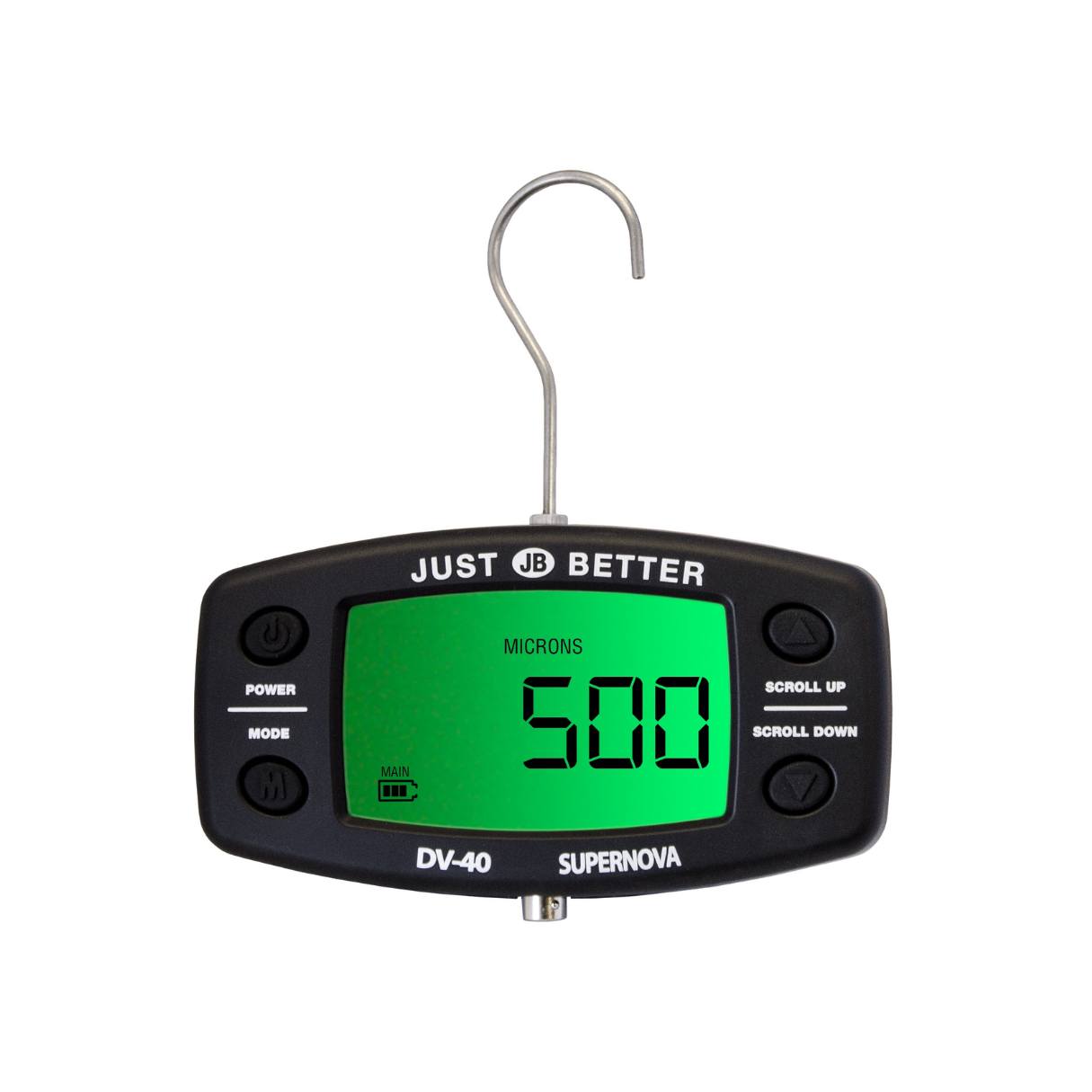
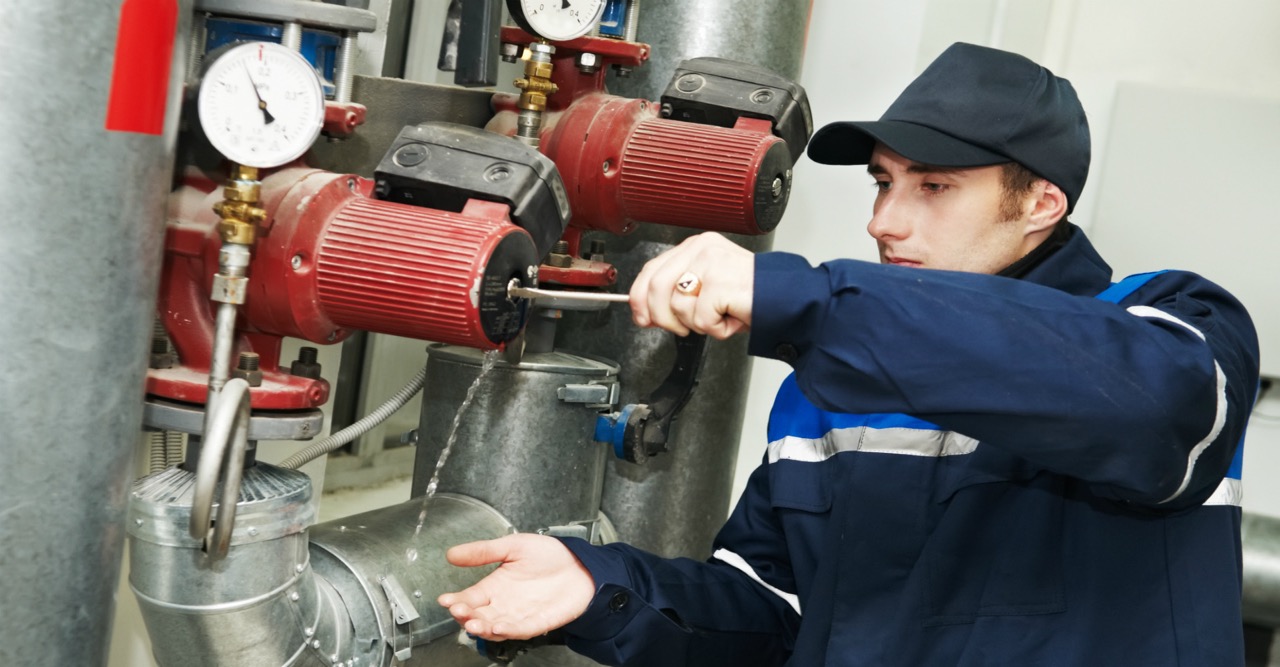
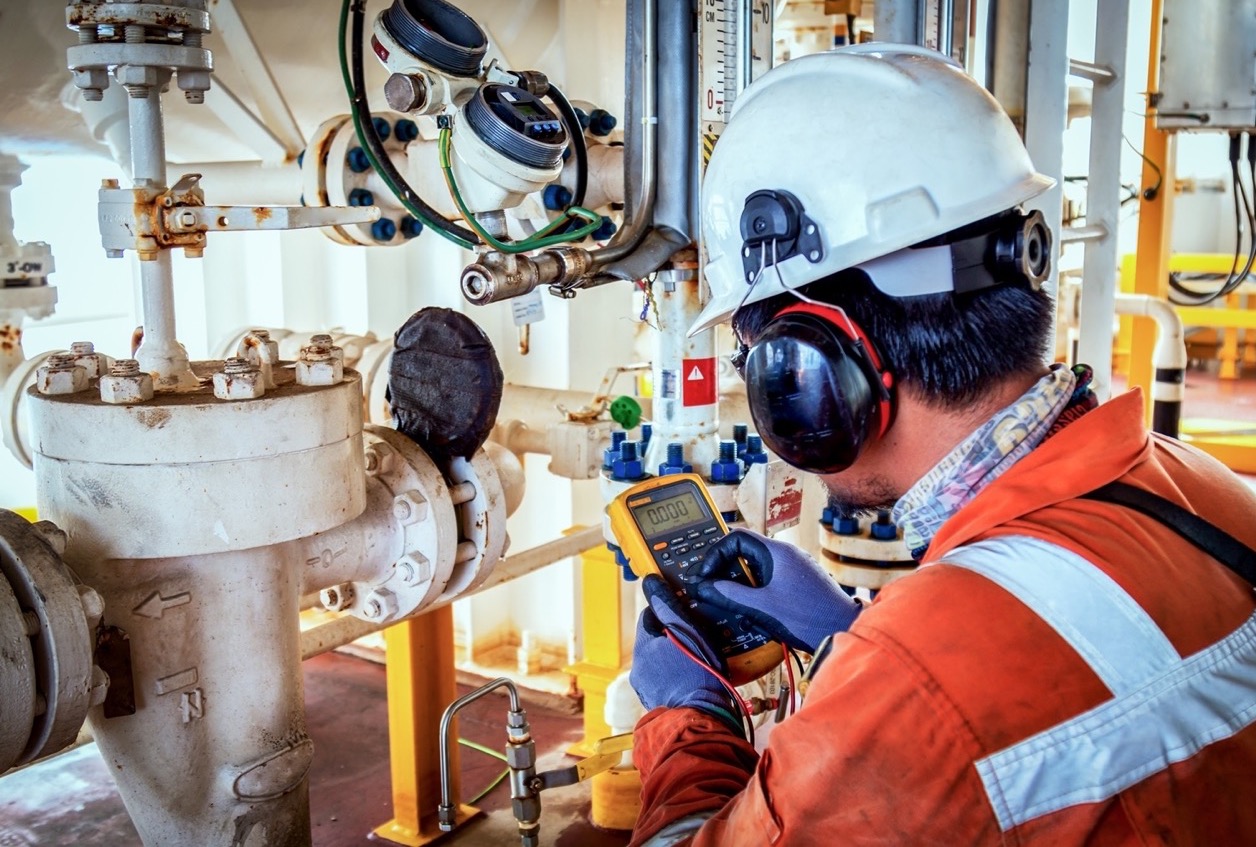
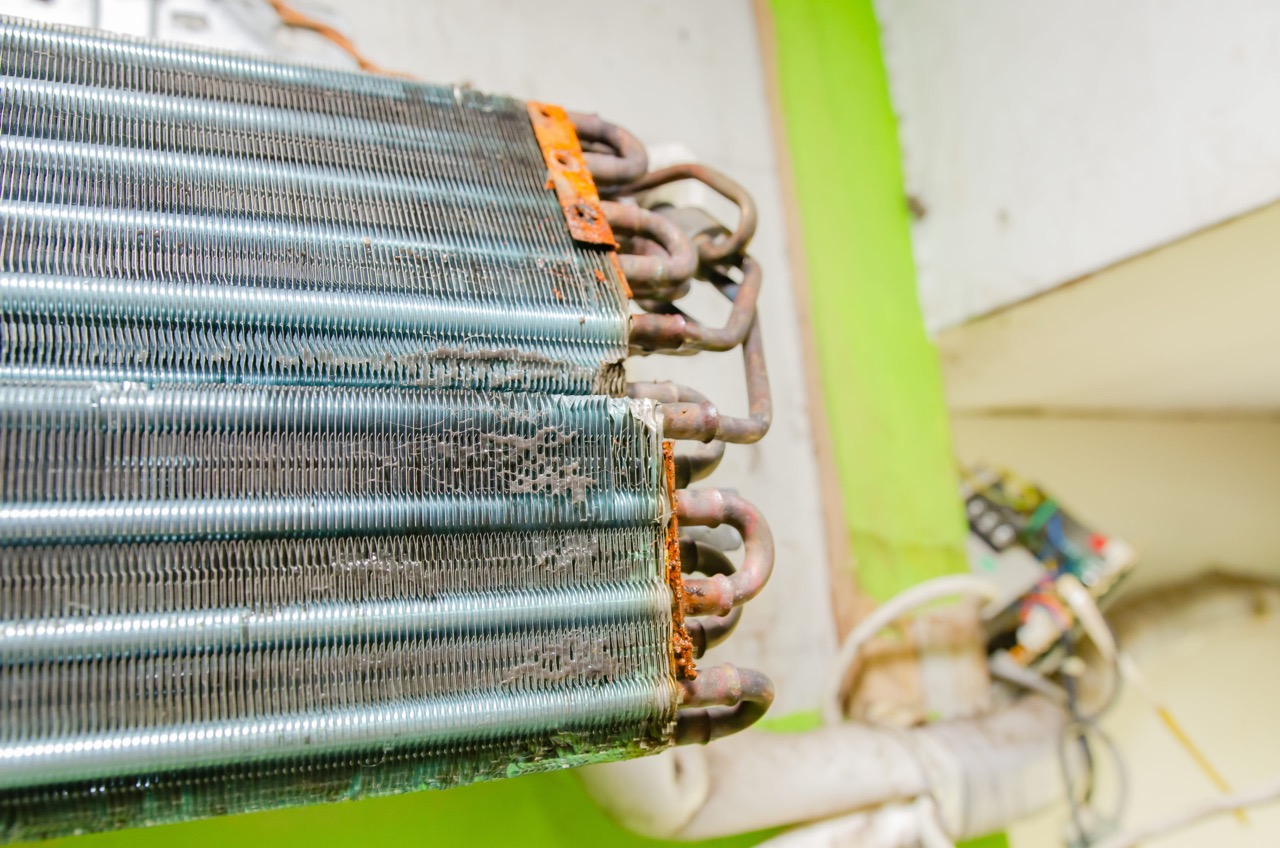
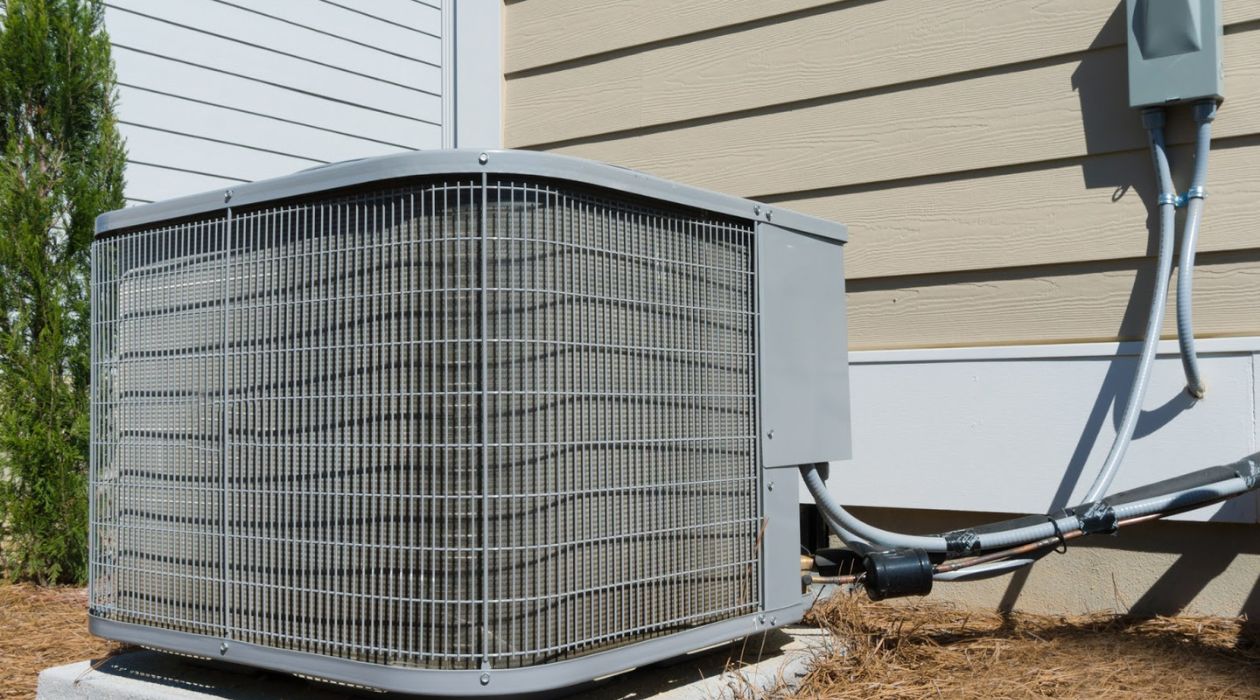
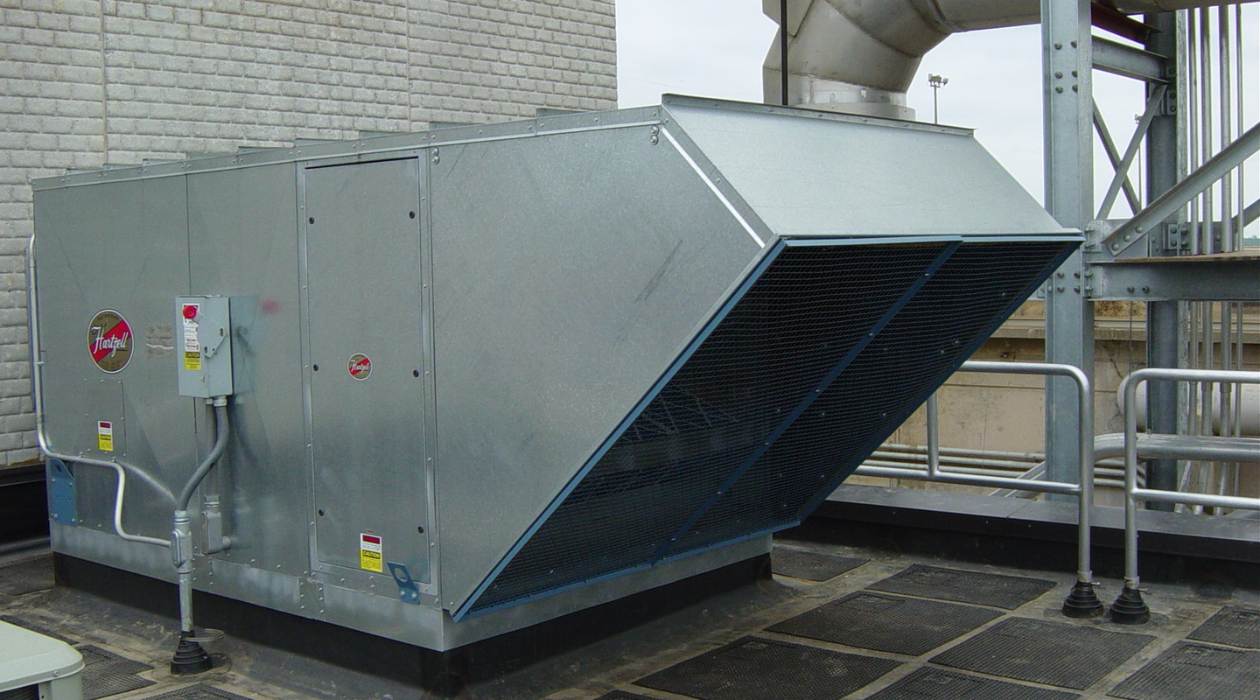
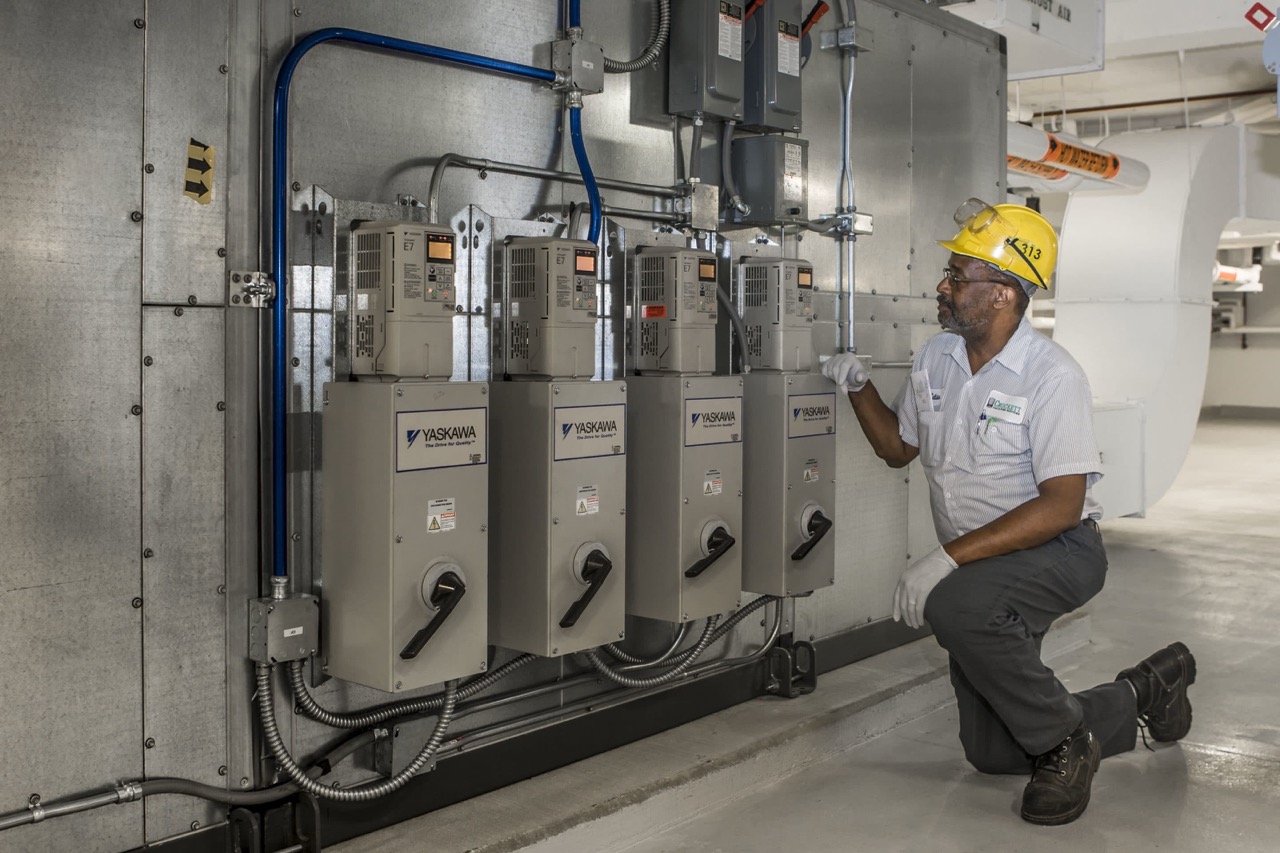
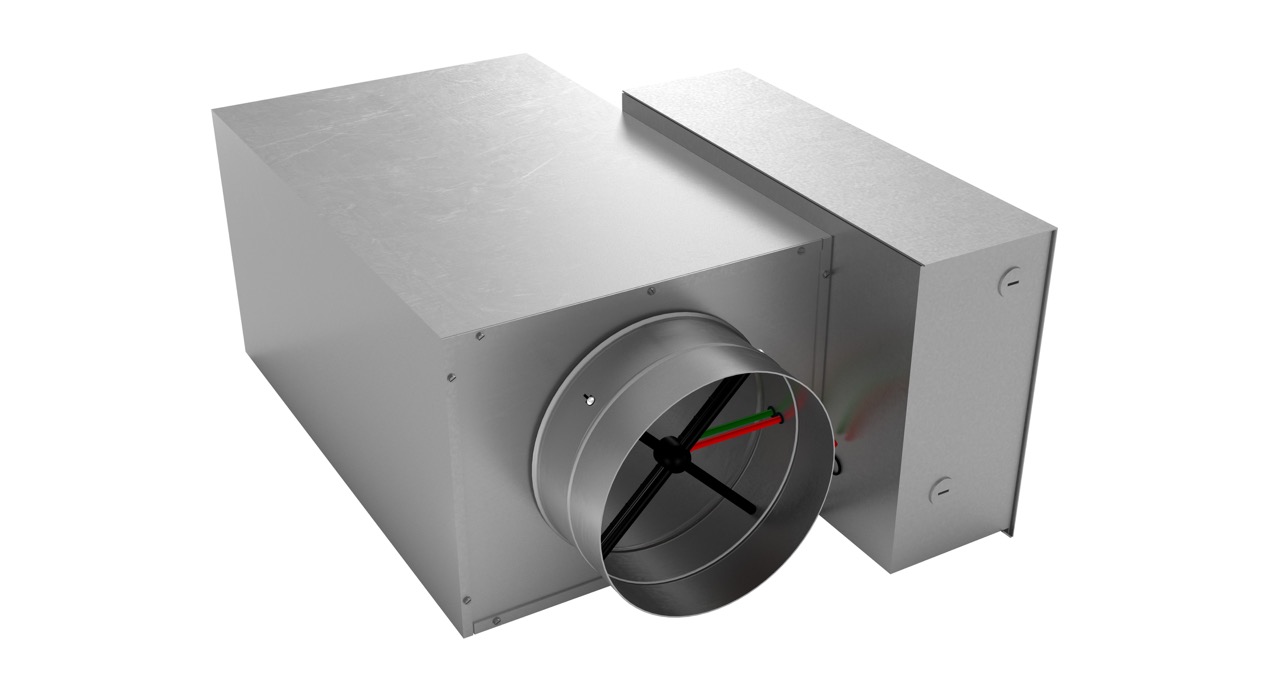
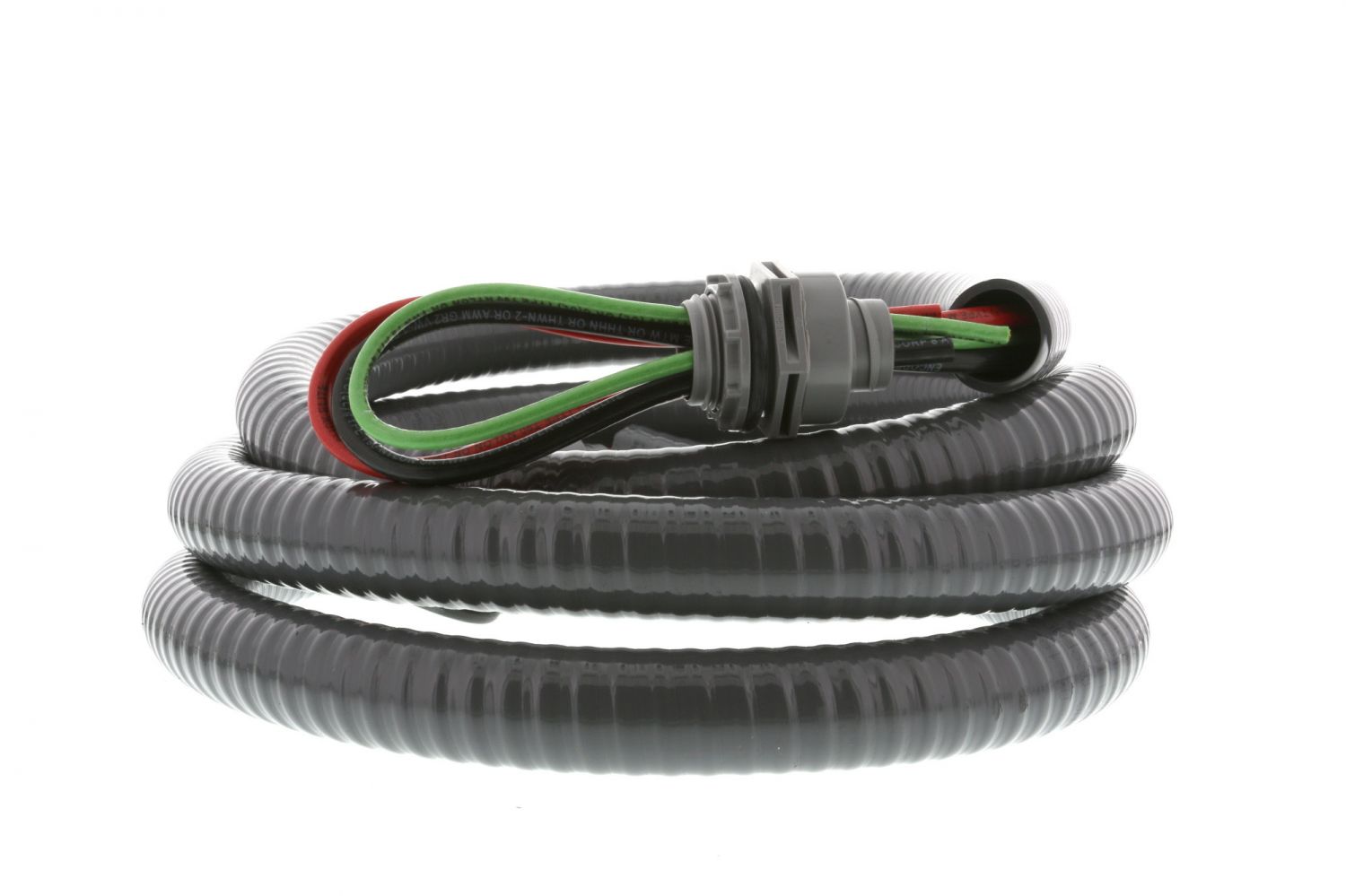
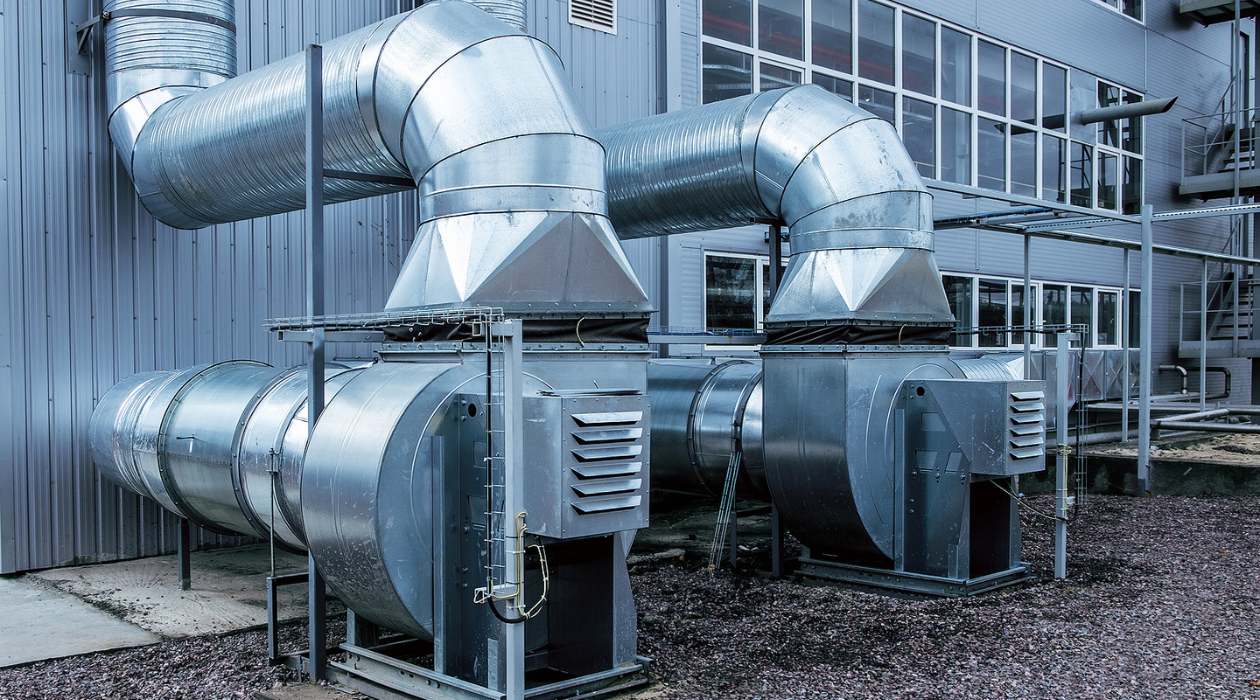
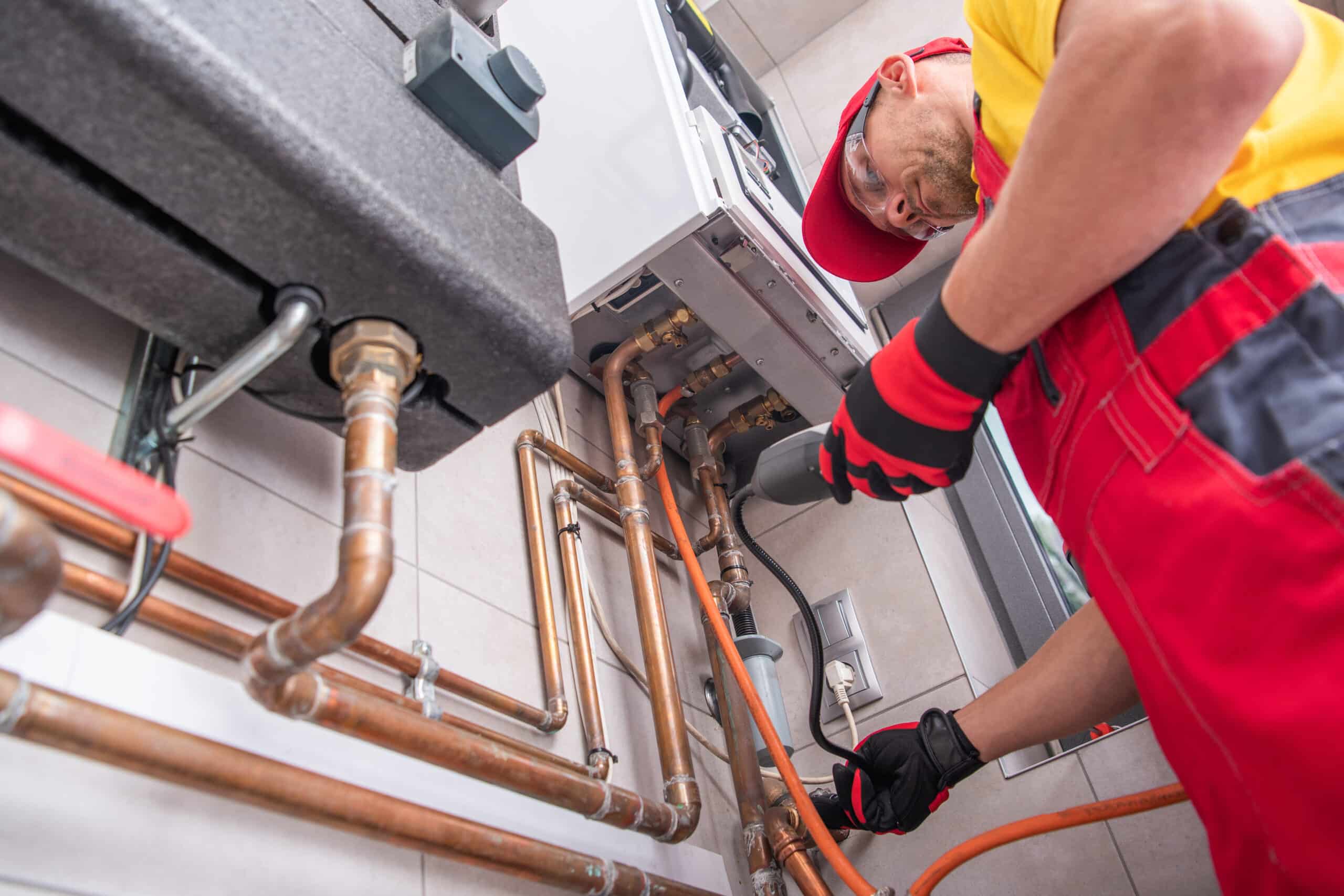
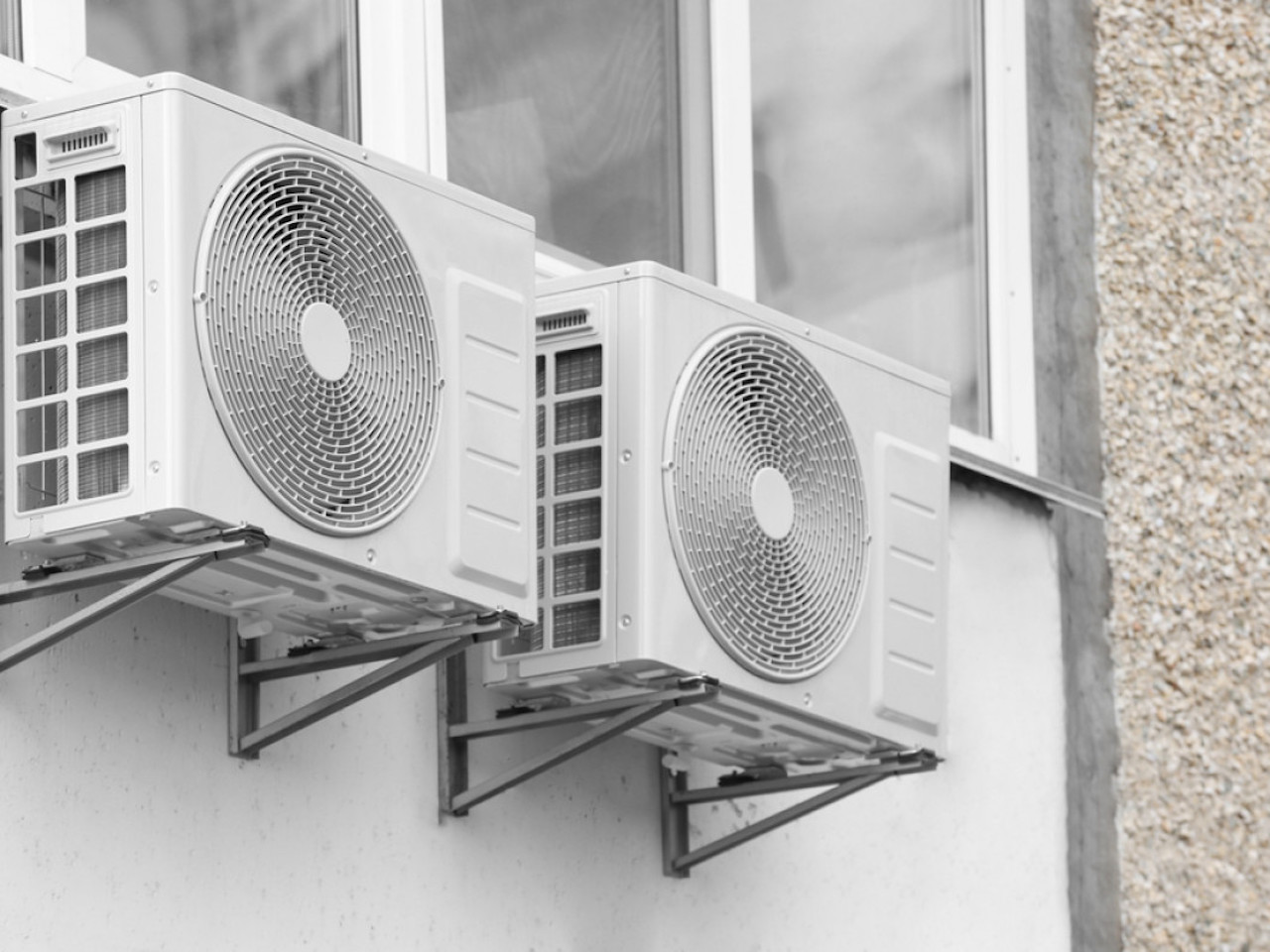
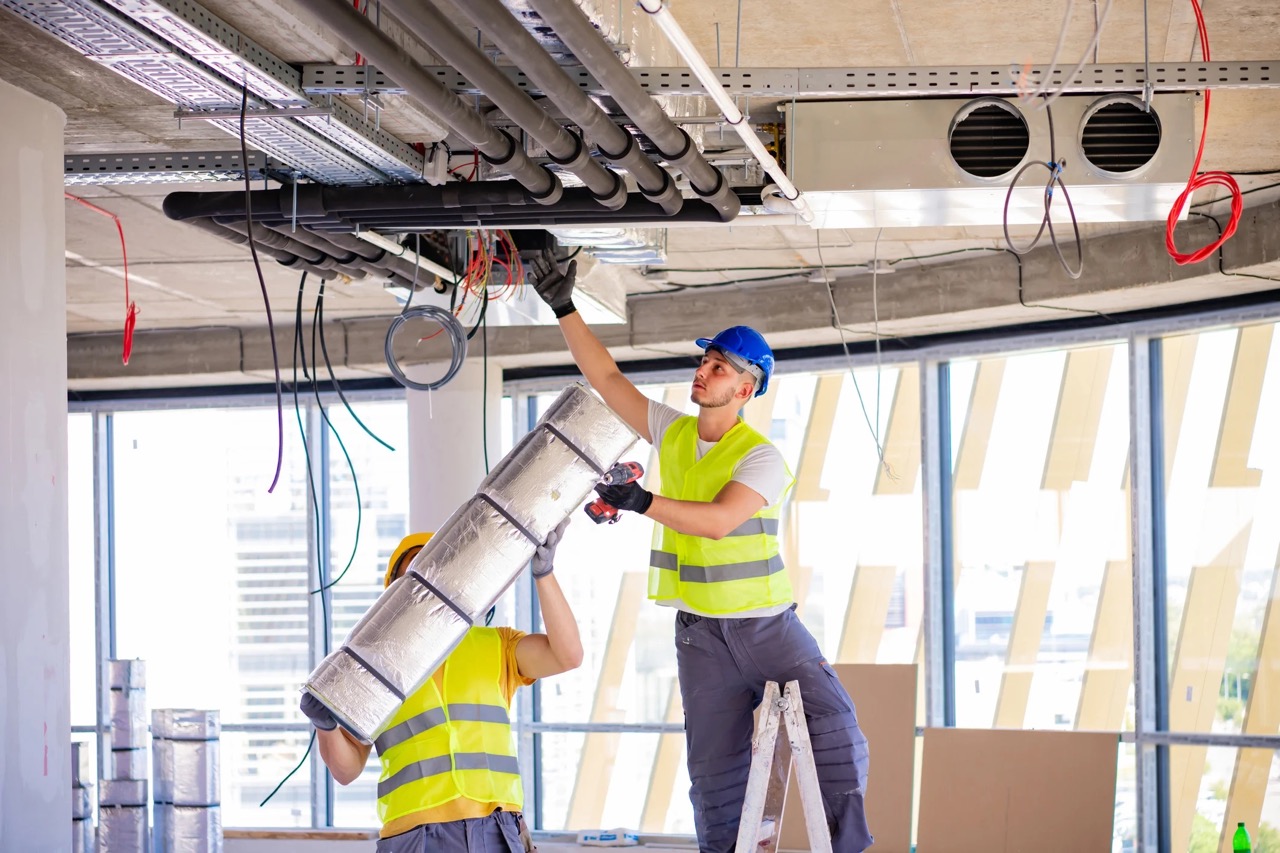
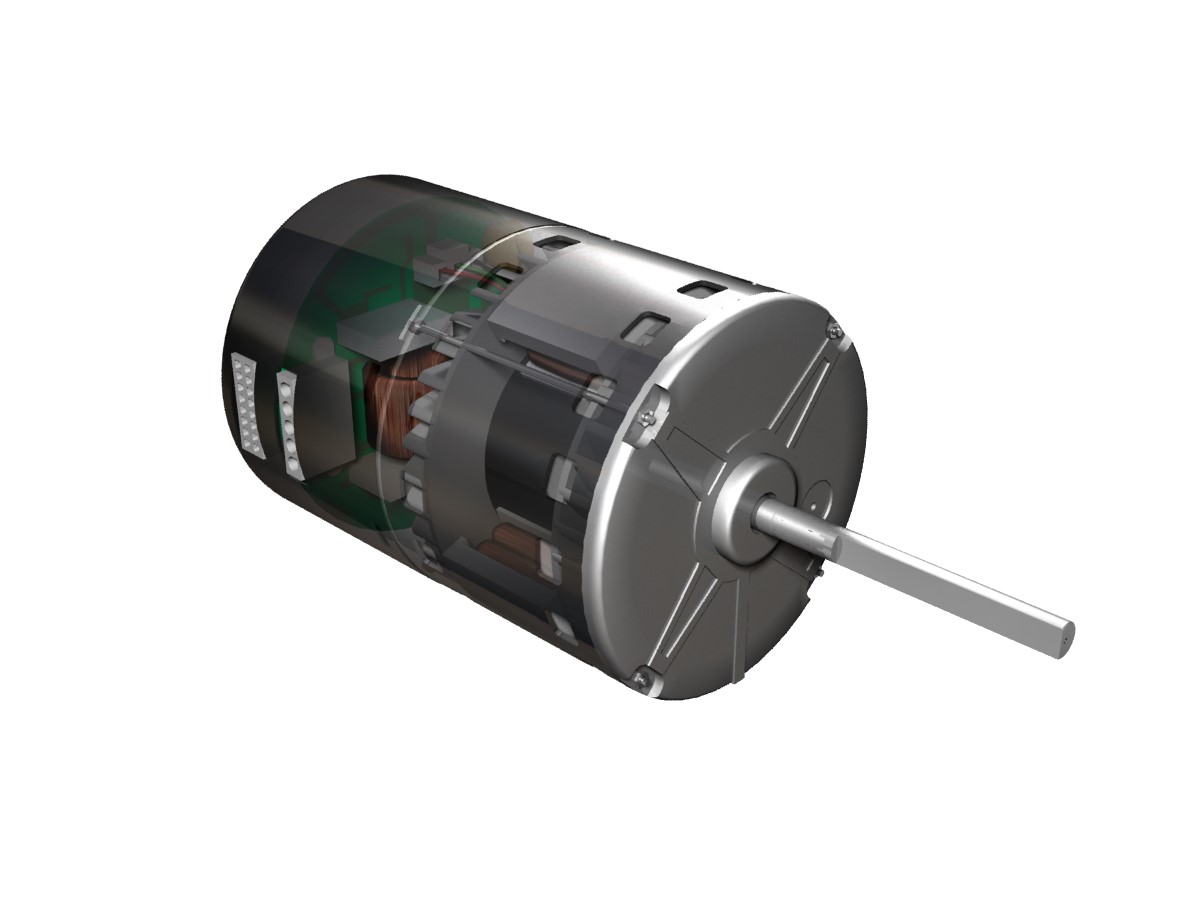

0 thoughts on “What Is Superheat In HVAC”